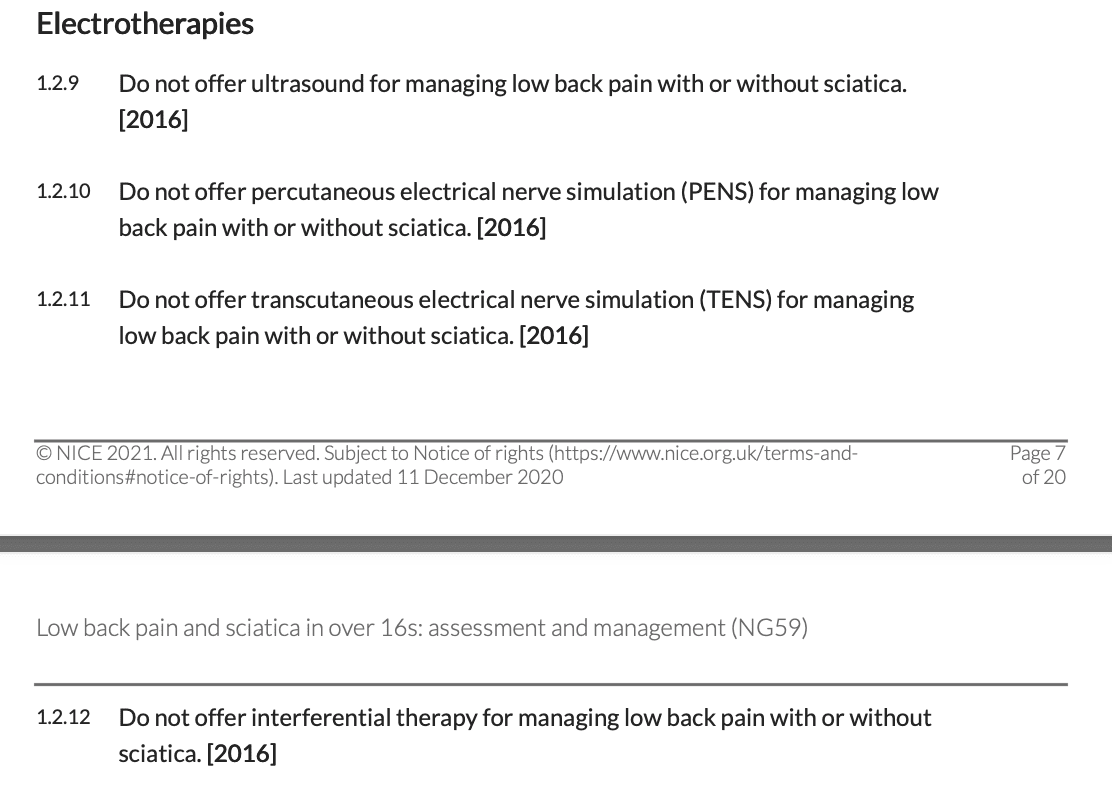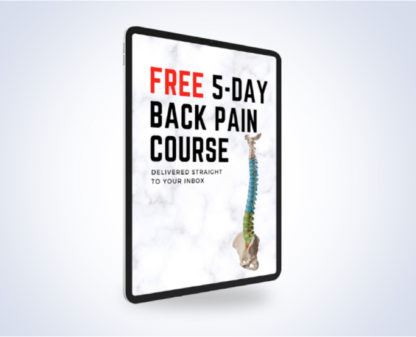Therapeutic Aquatic Exercise versus Physical Therapy Modalities for Chronic Low Back Pain

Introduction
Aquatic exercise is more and more incorporated into physiotherapy rehabilitation. Two earlier systematic reviews found that therapeutic aquatic exercise was able to reduce pain intensity and improve function in people with chronic low back pain, but the results were mainly studied in the short-term. This study aimed therefore to examine the efficacy of aquatic exercise for chronic low back pain and compare it to “physical therapy modalities” over a 12-month follow-up period.
Methods
This randomized clinical trial included people between 18 and 65 years with pain between the buttock band and the rib arch, with or without lower limb pain and a pain intensity (when the most painful) of 3 or higher on a numeric rating scale. Chronic pain was defined as this pain lasting at least 3 months. Specific causes of low back pain and people engaging in regular low back pain exercise interventions during the past 6 months were excluded.
Three qualified physiotherapists were responsible for the aquatic intervention sessions. The therapeutic aquatic exercise intervention was held twice a week for 60 minutes during 12 weeks. Of the 60 minutes, 10-minutes were spent on an active warming up to enhance neuromuscular activation and on a 10-minute cooling down afterwards. The target intensity was defined by the individual’s self-rated score of approximately 13 on the Borg Scale, corresponding to 60-80% of the maximal heart rate. Participants randomized to the “physical therapy modalities” group received 30 minutes of transcutaneous electrical nerve stimulation (TENS) and thermal infrared for 30 minutes.
The primary outcome of interest was disability measured by the Roland-Morris Disability questionnaire, where higher scores reflect more severe disability.
Results
Participants in the aquatic rehabilitation group showed improvements in disability at all time points. These improvements were not influenced by age, sex, body mass index, duration of low back pain, educational level or pain level.

Questions and thoughts
The most important question here is: how on earth did they succeed in getting ethical approval for this study? As the comparators TENS and infrared are specifically recommended against for treating low back pain, this raises the question of why the trial could use these modalities in the first place. Instead of providing an evidence-based comparative treatment or alternatively a wait-and-see approach, for example, they exposed patients to an ineffective and contraindicated treatment. Thus, not only could the risk of maladaptive coping, which is already common in chronic low back pain, be amplified, time was wasted and possibly these chronic patients were harmed by having them receive an ineffective treatment.

Talk nerdy to me
Although several good methodological aspects of this study can be noted (blinding of assessors, registered protocol, sample size calculation based on evidence and performed a priori, adjustment for several potential influencing factors, intention-to-treat analysis as primary analysis), I would rather not give too much attention to this study in the first place as frankly I think it was a waste of time. Yet I chose to review this study to highlight that sometimes even so-called high-quality research (a randomized controlled trial is regarded as high-quality research) can be trivial. What can we learn from this? The setting may have played an important role, as maybe in some countries these TENS and infrared are still considered to be common practice and part of physical therapy. So by reviewing this study, I hope this message reaches many people worldwide and may help from shifting from these passive “treatment modalities” to efficient and effective exercise-based high-quality care.
Take home messages
The biggest take-home message from this study was that there is still a lot of work to be done in the field of physical therapy. Physiotherapy should be regarded as a profession, not as a treatment modality. This trial compared aquatic exercise for chronic low back pain to two passive modalities TENS and infrared as this was justified as “common practice”. Several guidelines recommend AGAINST using TENS in chronic low back pain (KNGF guideline, NICE guideline). Aquatic exercise on the other hand is recommended by several guidelines. So basically they wasted time by comparing an effective treatment to a contraindicated “treatment” and thus this study does not really add something to our beautiful profession.
Reference
Additional references:
NICE Guideline (Published 30 November 2016, Last updated 11 December 2020): www.nice.org.uk/guidance/ng59
KNGF Guideline (Dutch) (October 2021): https://www.kngf.nl/binaries/content/assets/kennisplatform/onbeveiligd/richtlijnen/lage-rugpijn-en-lrs-2021/kngf_richtlijn_lage_rugpijn_en_lrs_2021.pdf
MASSIVELY IMPROVE YOUR KNOWLEDGE ABOUT LOW BACK PAIN FOR FREE
5 absolutely crucial lessons you won’t learn at university that will improve your care for patients with low back pain immediately without paying a single cent



